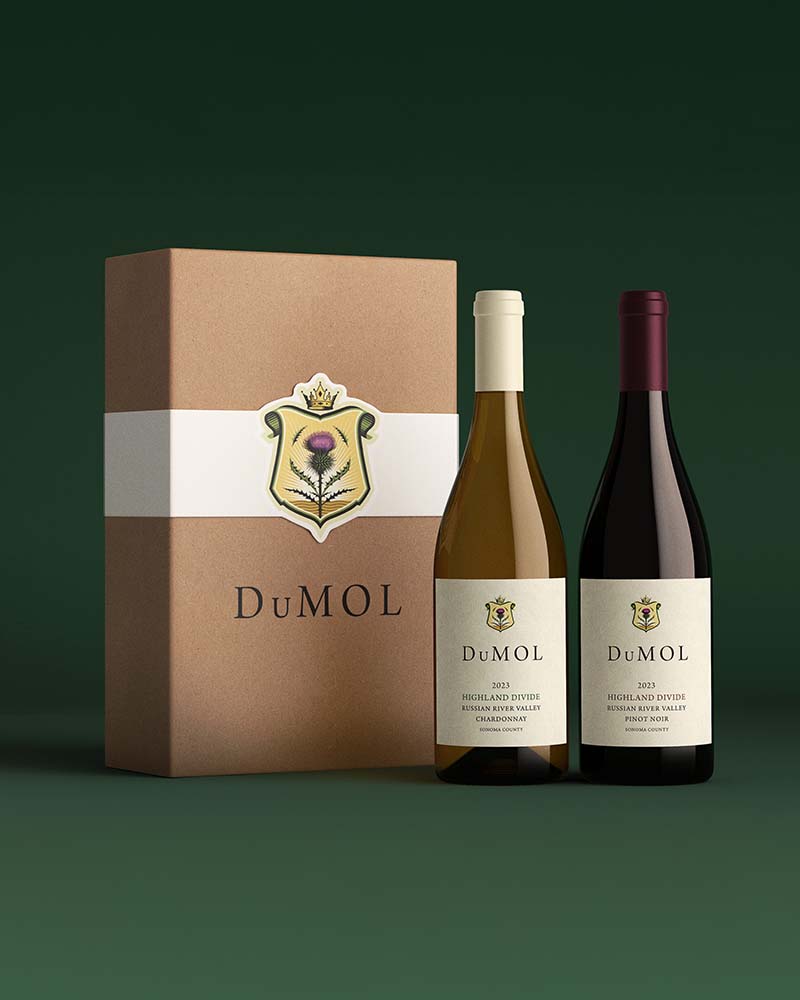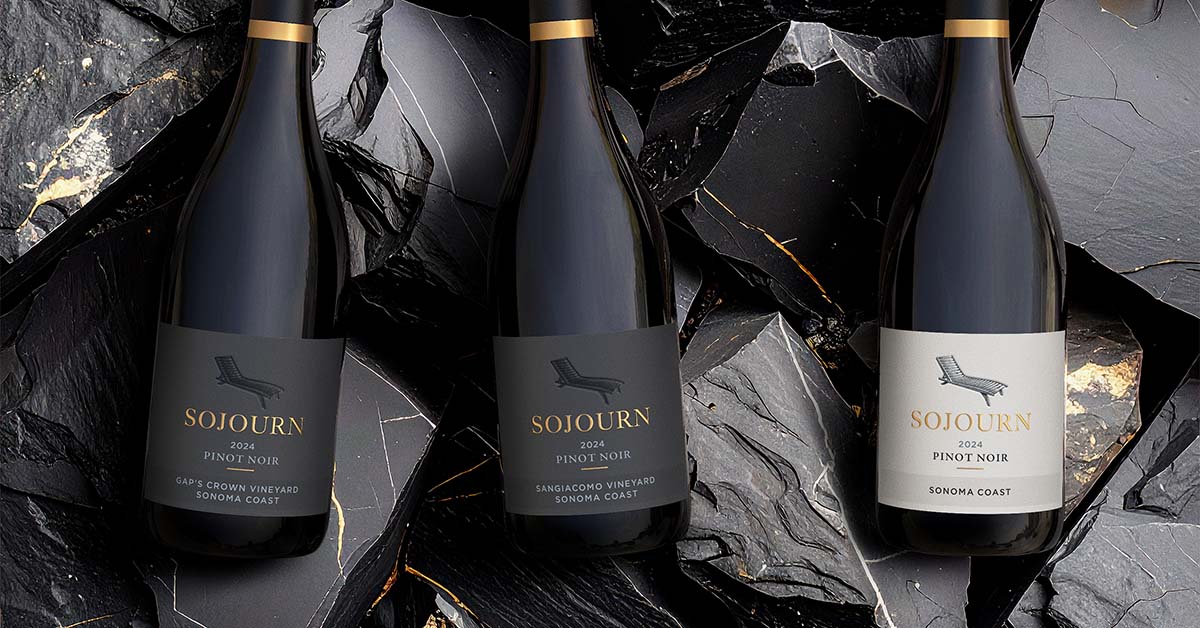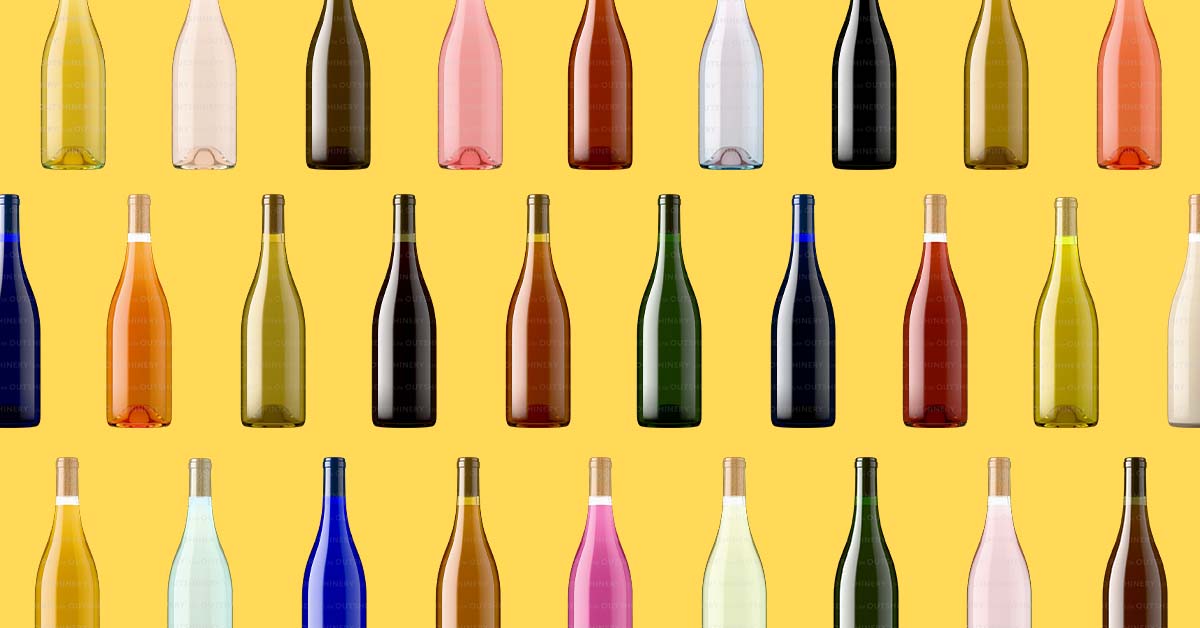Positioning, branding, and marketing in the wine industry
How to define your niche, craft a memorable brand identity, and drive sales with targeted tactics
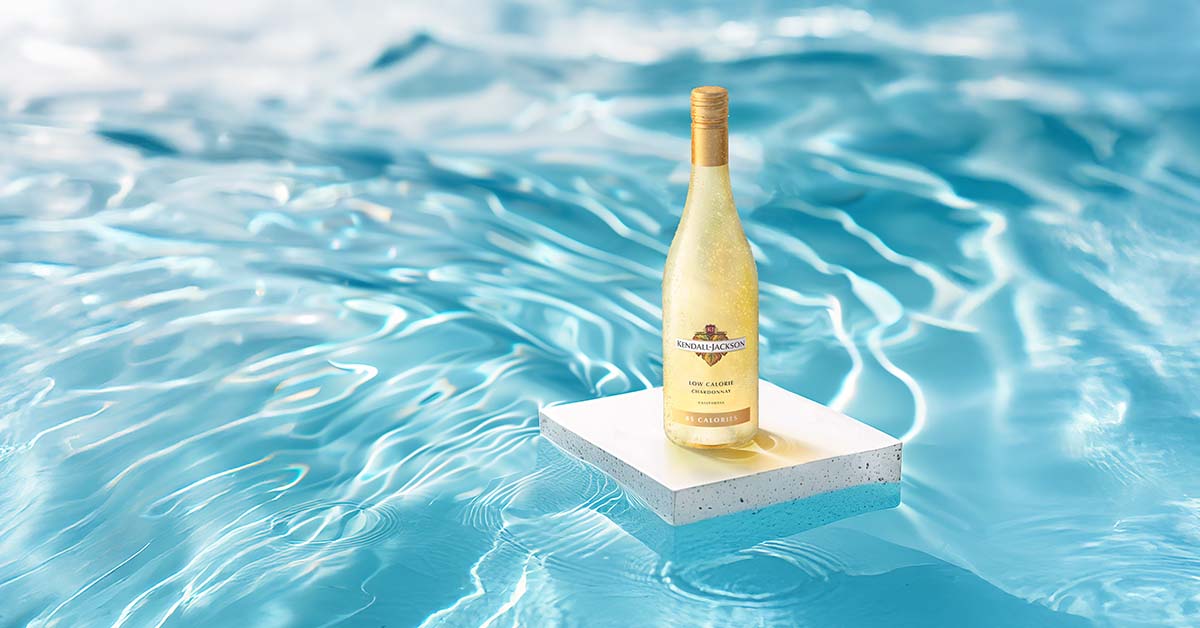
Crafting a successful wine brand isn’t just about the quality of your product; it’s how you frame your story and bring it to life. For small wineries wearing every hat, from vineyard manager to marketer, nailing positioning, branding and marketing is what turns curious sippers into loyal fans.
In this article you’ll learn:
- How to define and differentiate your winery’s positioning
- What makes for a consistent, memorable brand identity
- Which marketing tactics deliver the best return for small wineries
- How positioning, branding and marketing interlock to drive sales
- Three ready-to-use archetypes for eco-artisan, heritage collector, and modern minimalist wineries
Positioning: where do you fit?
Positioning is your strategic north star: it defines the place your wine occupies in the minds of consumers and the market. To pinpoint yours, answer:
- Who are you speaking to? (eco-conscious millennials, seasoned collectors, casual weekend drinkers)
- What makes you unique? (organic practices, generational heritage, design-forward minimalism)
- What promise do you deliver? (sustainability without compromise, exclusivity with provenance, precision in every pour)
When you’re clear on those, every choice, from grape variety to tasting-room playlist,reinforces your niche.
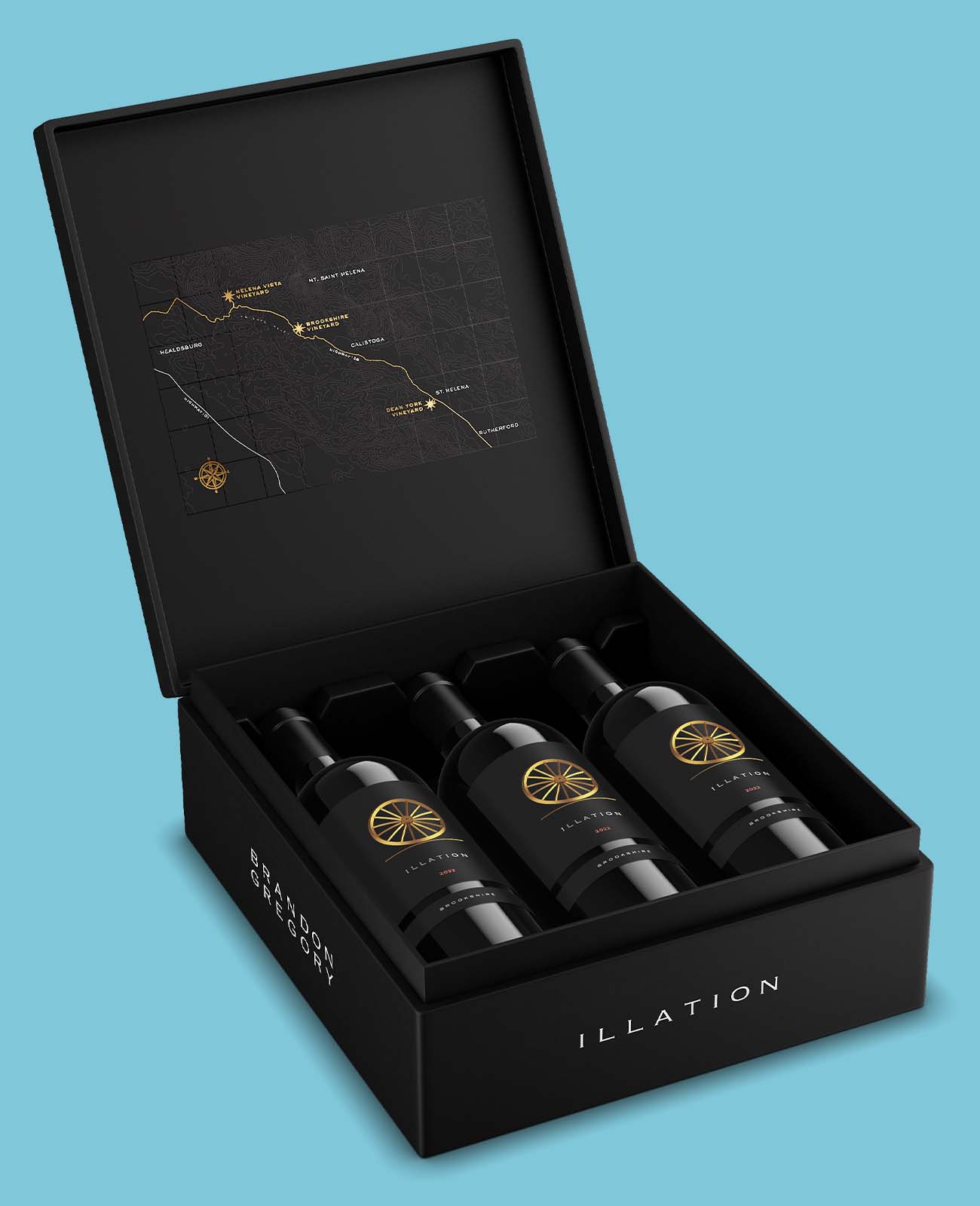
Branding: how do you stand out?
Branding brings your positioning to life through the senses and emotions you evoke. It’s your invitation to connect, built from three pillars:
- Visuals: label design, color palette, typography and imagery style
- Voice: tone in website copy, social captions, tasting-note descriptions
- Experience: the mood in your tasting room, unboxing rituals, event ambiance
When every touchpoint, from your Instagram grid to your cork foils, feels like part of the same story, you foster recognition and trust.
Note: Outshinery accelerates this by delivering on-brand photography and templates that ensure each asset reflects your personality, whether it’s rustic earth tones or sleek monochrome minimalism.
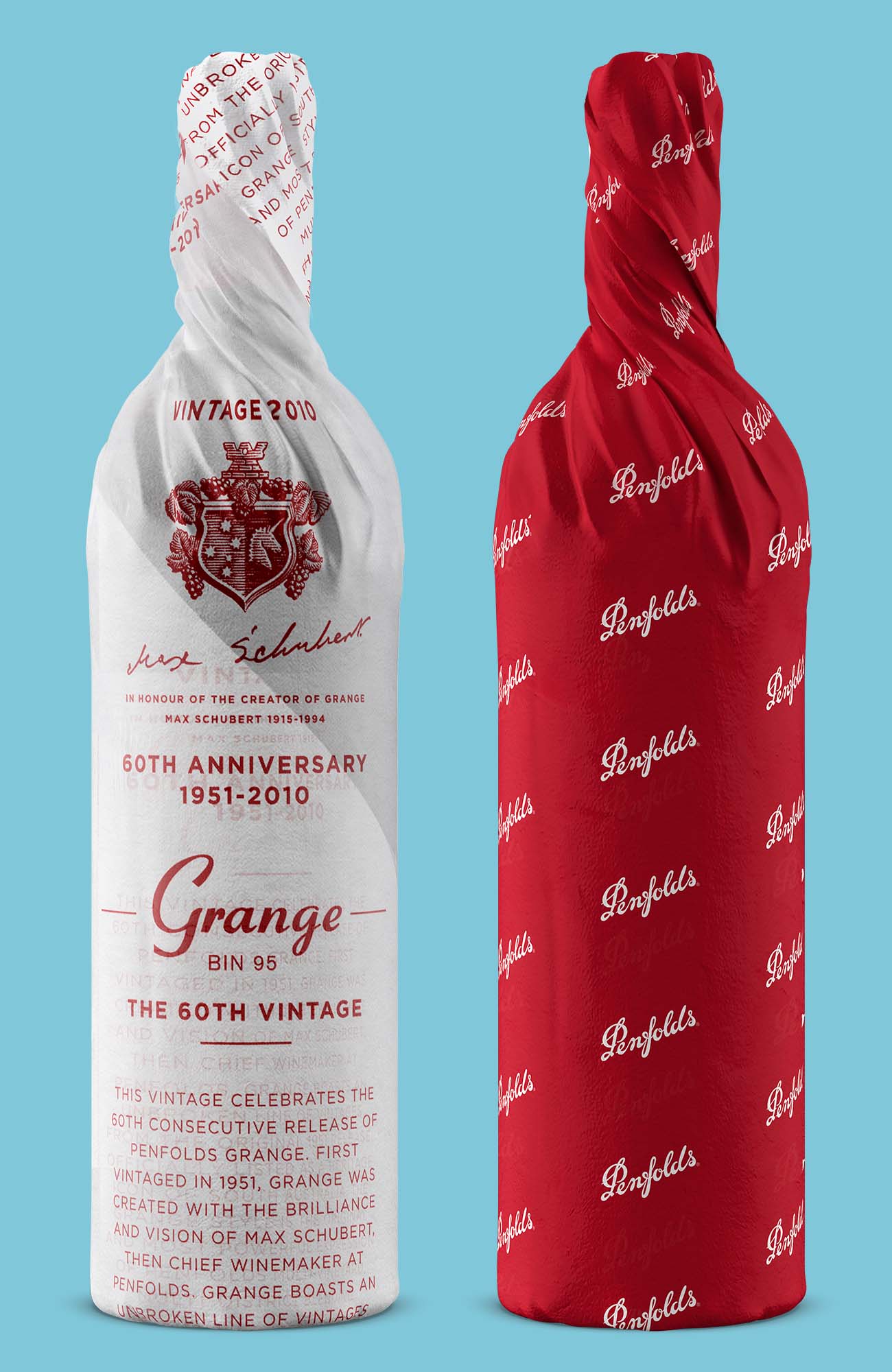
Marketing: how do you get noticed?
Marketing is where you activate your brand in the marketplace and turn interest into action. Think of it as your tactical playbook:
- Content campaigns: social media posts and ads that showcase your positioning (e.g., “zero synthetic pesticides” lifestyle reels)
- Email journeys: sequences that weave in your brand story, exclusive offers, and event invites
- Events & partnerships: tastings, festivals, local collaborations that put your wine in hand—and on influencers’ feeds
For small teams, creativity and efficiency win. Outshinery’s library of ready-to-use visuals and caption ideas slashes production time, so you can quickly launch scroll-stopping campaigns, test different messages, and optimize based on real-time engagement.Three branding and positioning archetypes

Three branding and positioning archetypes
Below are three clear examples you can adapt—each combines positioning, branding and marketing into a single, cohesive package.
1. The eco-artisan
- Positioning: Certified organic, regeneratively farmed wines for sustainability-minded consumers
- Branding: Earth-tone labels on recycled paper, leaf motifs, conversational tone (“Sustainably delicious”)
- Marketing: Lifestyle shots of biodynamic vines, social ads highlighting “zero synthetic pesticides,” email stories about soil health

2. The heritage collector
- Positioning: Limited-edition vintages for serious connoisseurs and collectors
- Branding: Deep burgundy or navy labels with embossed foil and scripted typography, family-crest artwork
- Marketing: Candlelit cellar tours, invite-only virtual tastings, email drops announcing allocations with historical anecdotes

3. The modern minimalist
- Positioning: Sleek, design-forward wines for urban sophisticates who value precision and style
- Branding: Monochrome or duotone labels, generous white space, ultra-clean sans-serif fonts
- Marketing: Gallery-style website with interactive label zooms, minimalist social posts, QR codes linking to tasting notes and pairing guides
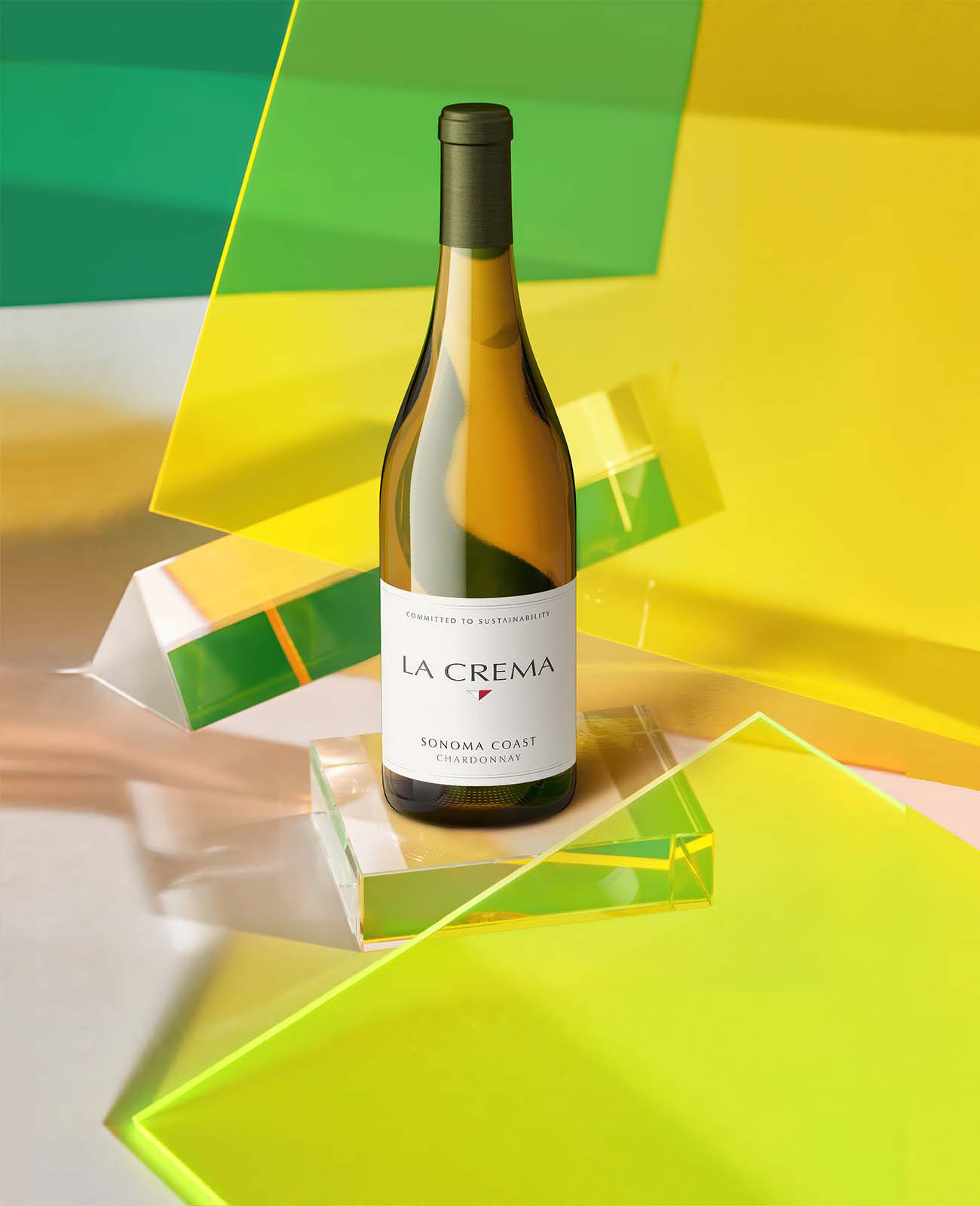
Getting started
Whether you’re defining your niche, refining your brand or launching your next marketing push, these strategies will help you save time, budget and avoid costly missteps. Unlock your winery’s potential today by aligning positioning, branding and marketing into one seamless, sales-driving machine.
FAQ
What’s the difference between positioning, branding, and marketing?
- Positioning defines where your wine sits in the market and in consumers’ minds.
- Branding gives your winery a distinct personality through visuals, tone, and experiences.
- Marketing uses tactics like ads, social media, and events to share your brand and drive sales.
How do I choose the right positioning for my winery?
Analyze your target audience’s values and preferences. Are they eco-conscious, status-driven collectors, or casual lifestyle drinkers? Craft a one-sentence positioning statement that clearly describes your promise to that group.
How can I ensure my branding stays consistent?
Create a simple brand guide outlining your color palette, typography, imagery style, and tone of voice. Use it for every asset—labels, website, social posts, tasting-room signage—and audit regularly to catch mismatches.
What marketing tactics work best for small wineries?
Leverage a mix of cost-effective channels:
- Social media posts and targeted ads featuring your signature visuals
- Email newsletters with behind-the-scenes stories and exclusive offers
- Local events, tastings, and partnerships to build word-of-mouth
How do I measure success across these three pillars?
Track metrics aligned to each stage:
- Positioning: Brand awareness surveys, social listening share of voice
- Branding: Engagement rates on visuals (click-throughs, likes, shares)
- Marketing: Conversion rates, DTC sales growth, email open/click rates
When should I revisit my positioning or rebrand entirely?
If sales plateau, customer feedback shifts, or competitor moves make your message feel stale, it’s time for a review. Small tweaks—like a fresh label color—or a full rebrand can reenergize interest and growth.

